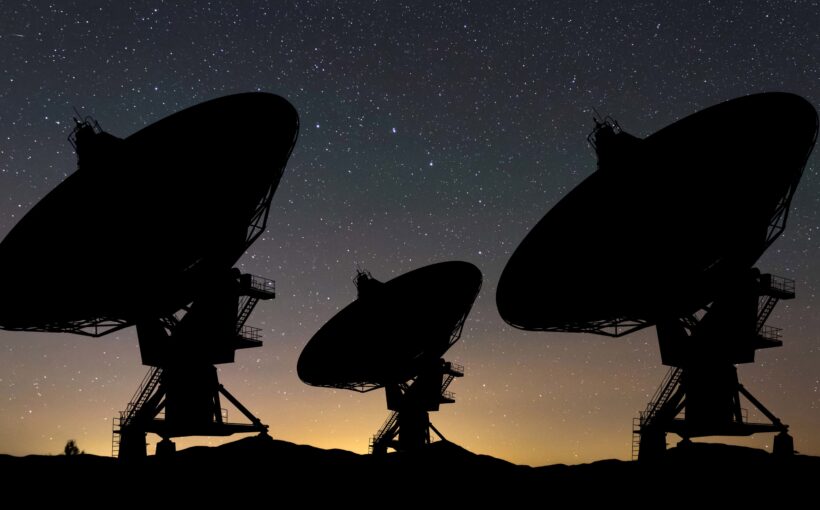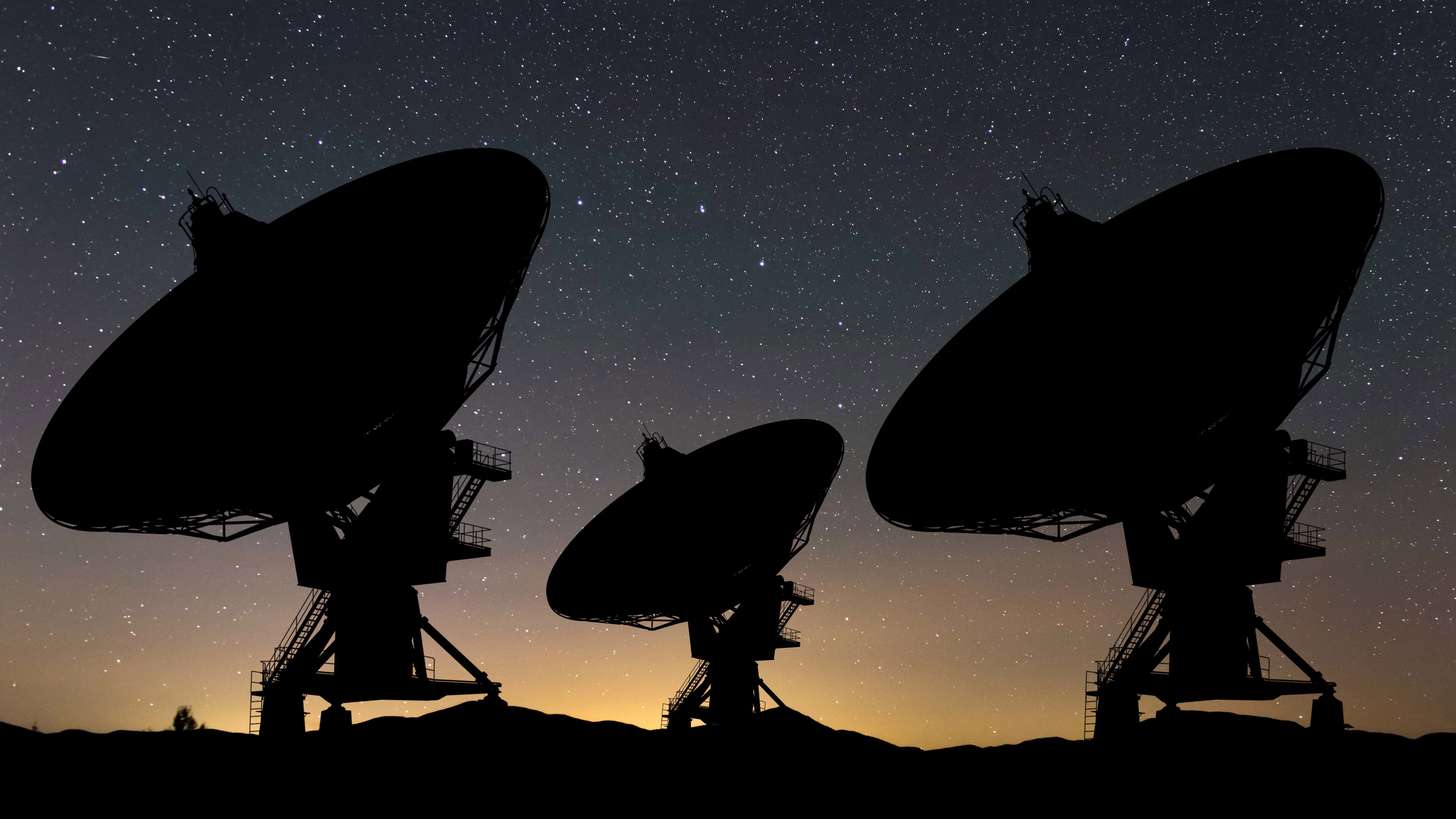Australian scientists say they have made a “record-breaking discovery” related to a what they say is a “rare and extreme” interstellar event.
Researchers from the Curtin node of the International Centre for Radio Astronomy Research (ICRAR) in Perth say they have made the astrophysical find while also uncovering a possible explanation for the astrophysical event known as long-period radio transients.
Associate Professor Natasha Hurley-Walker, and then student Csanád Horváth, discovered a pulse of bright energy coming from deep space among low-frequency data from the MWA Murchison Widefield Array radio telescope in outback WA.
The energy pulse occurs every three hours and lasts 30-60 seconds, making it the longest-period radio transient ever detected.
Long-period radio transients are relatively new to science, and how they generate radio waves has been an ongoing mystery.
They are a class of rare astrophysical events that emit coherent, highly polarised radio pulses.
Researchers believe they have also identified the probable source of the energy burst, potentially shedding light on the long radio transients.
All other previously discovered transients have been deep within our busy galaxy, surrounded by stars, making it challenging to determine precisely what is generating the radio waves.
“The long-period transients are very exciting, and for astronomers to understand what they are, we need an optical image,” Hurley-Walker said.
“However, when you look toward them, there are so many stars lying in the way that it’s like 2001: A Space Odyssey.
“In a stroke of good fortune, the newly discovered transient, named GLEAM-X J0704-37, was found on the outskirts of our galaxy, in a much emptier region of space in the Puppis constellation, around 5000 light years away.”
“Our new discovery lies far off the Galactic Plane, so there are only a handful of stars nearby, and we’re now certain one star system, in particular, is generating the radio waves.”
The team was able to pinpoint the location of the radio waves to one specific star using the MeerKAT telescope in South Africa.
Following up with the SOAR observatory in Chile, they determined the star’s spectrum, finding it was a low-mass star, an “M dwarf”.
This finding both created and answered some pressing questions.
“An M dwarf alone couldn’t generate the amount of energy we’re seeing,” Hurley-Walker said.
“The M dwarfs are low-mass stars that have a mere fraction of the Sun’s mass and luminosity.
“They constitute 70 per cent of the stars in the Milky Way, but not one of them is visible to the naked eye.
“Our data suggests that it is in a binary with another object, which is likely to be a white dwarf, the stellar core of a dying star.
“Together, they power radio emission.”
The team is working on follow-up observations that will conclusively determine the nature of the system, and the explanation of this extreme astrophysical event.
The research was published in The Astrophysical Journal Letters.





